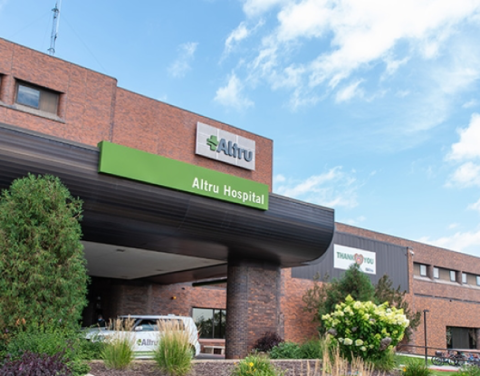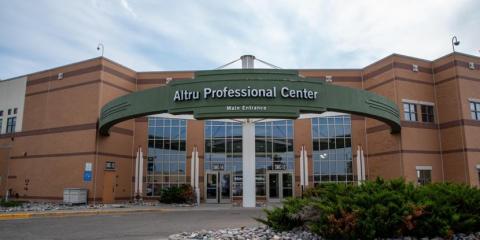Interventional radiologists perform minimally invasive procedures using image guidance. Some of these procedures are done for purely diagnostic purposes (e.g., angiogram), while others are done for treatment purposes (e.g., angioplasty). During procedures, these images provide road maps that allow interventional radiologists to guide instruments through the body to areas of interest.
Advantages
- The risks of interventional radiology procedures are less than the risks of open surgery.
- Most procedures can be performed on an outpatient basis or require a shortened hospital stay.
- General anesthesia is usually not required.
- Pain and recovery time are significantly reduced.
- Procedures can be less expensive than surgery.
Treatment
Interventional radiologists are devoted to advancing patient care through clinical and image based diagnosis and minimally invasive procedures to treat:
- Cancer: Cancer can be treated with chemoembolization. Chemoembolization is a process that delivers a high dose of chemotherapy directly to the tumor, blocking its blood supply, or with radiofrequency ablation that heats and kills the tumor.
- Hardening of the arteries: Hardening of the arteries in the legs or peripheral arterial disease, which blocks circulation, can be treated with balloon angioplasty to open the pathway for blood.
- Varicose veins: Heating and sealing the great saphenous vein in the leg to treat painful varicose veins. This procedure will improve circulation and shrink the bulging veins using a technique called vein ablation.
- Blood clot in leg: A blood clot in your leg, known as deep vein thrombosis, can be removed by placing clot-busting drugs on the clot to prevent vein damage.
- Uterine fibroid embolization: Uterine fibroid embolization delivers tiny beads to the artery feeding the tumor, which then blocks the blood supply causing the uterine fibroid to shrink.
- Spinal fractures: Patients with osteoporosis and spinal fractures can have bone cement injected into their vertebra to reduce pain and reinforce the spine through Kyphoplasty.
- Blocked arteries: Blocked arteries in the neck that may lead to a stroke can be opened and reinforced using carotid stenting.
- Infertility: Interventional radiology can offer non-surgical infertility treatments for both men and women. Varicose veins in the scrotum that can cause infertility can be closed using embolization. Blocked fallopian tubes can be opened with a catheter using selective salpingography.











